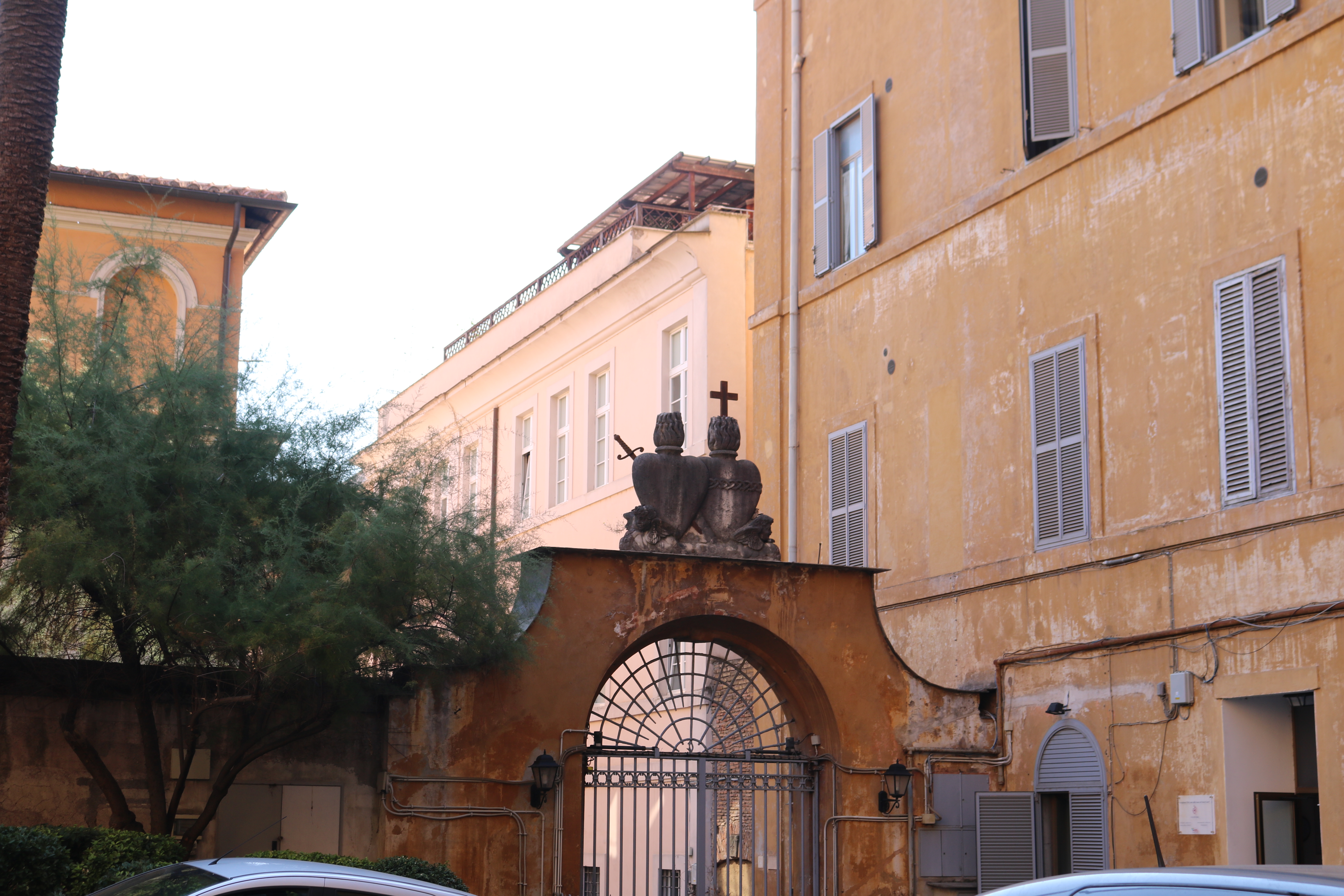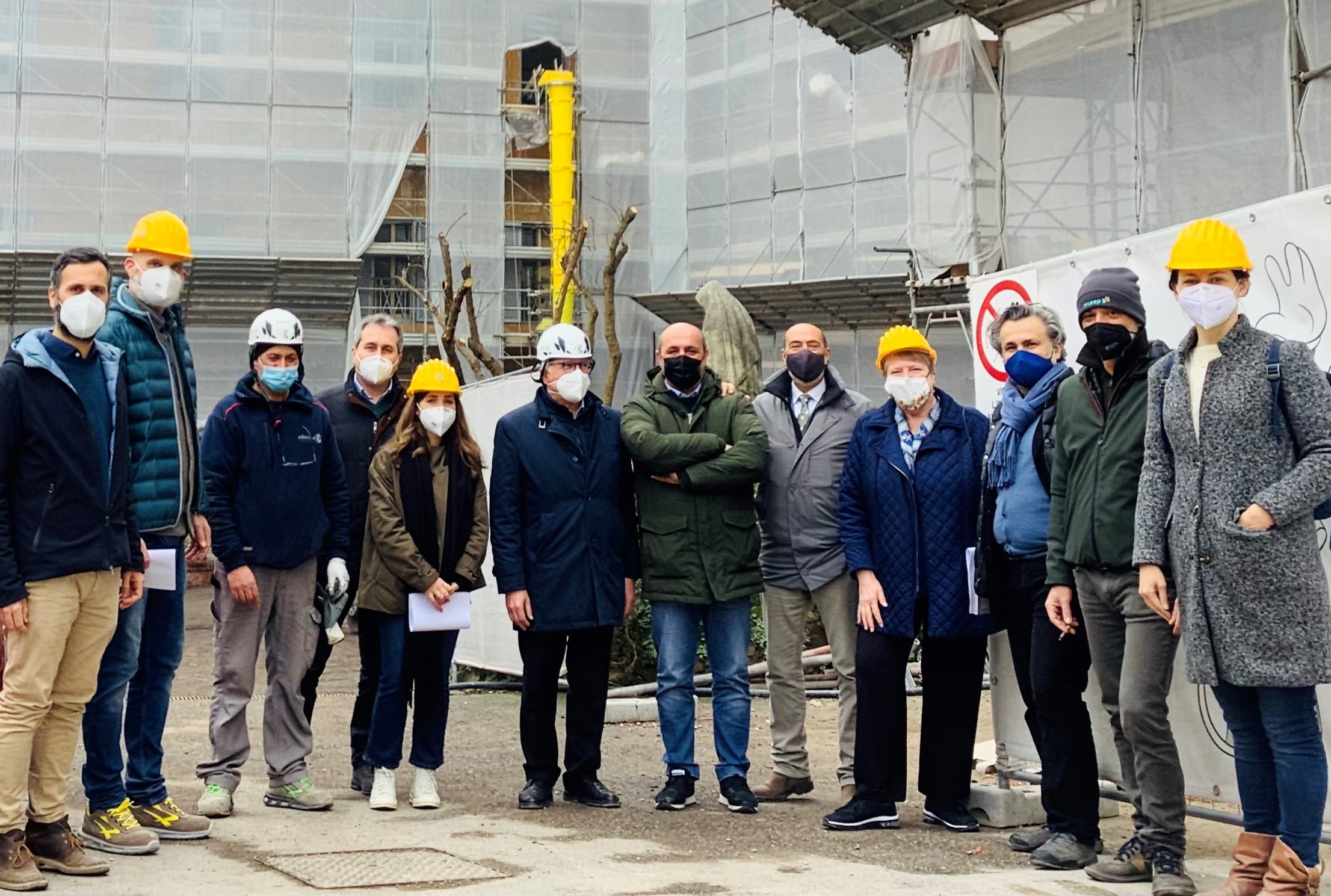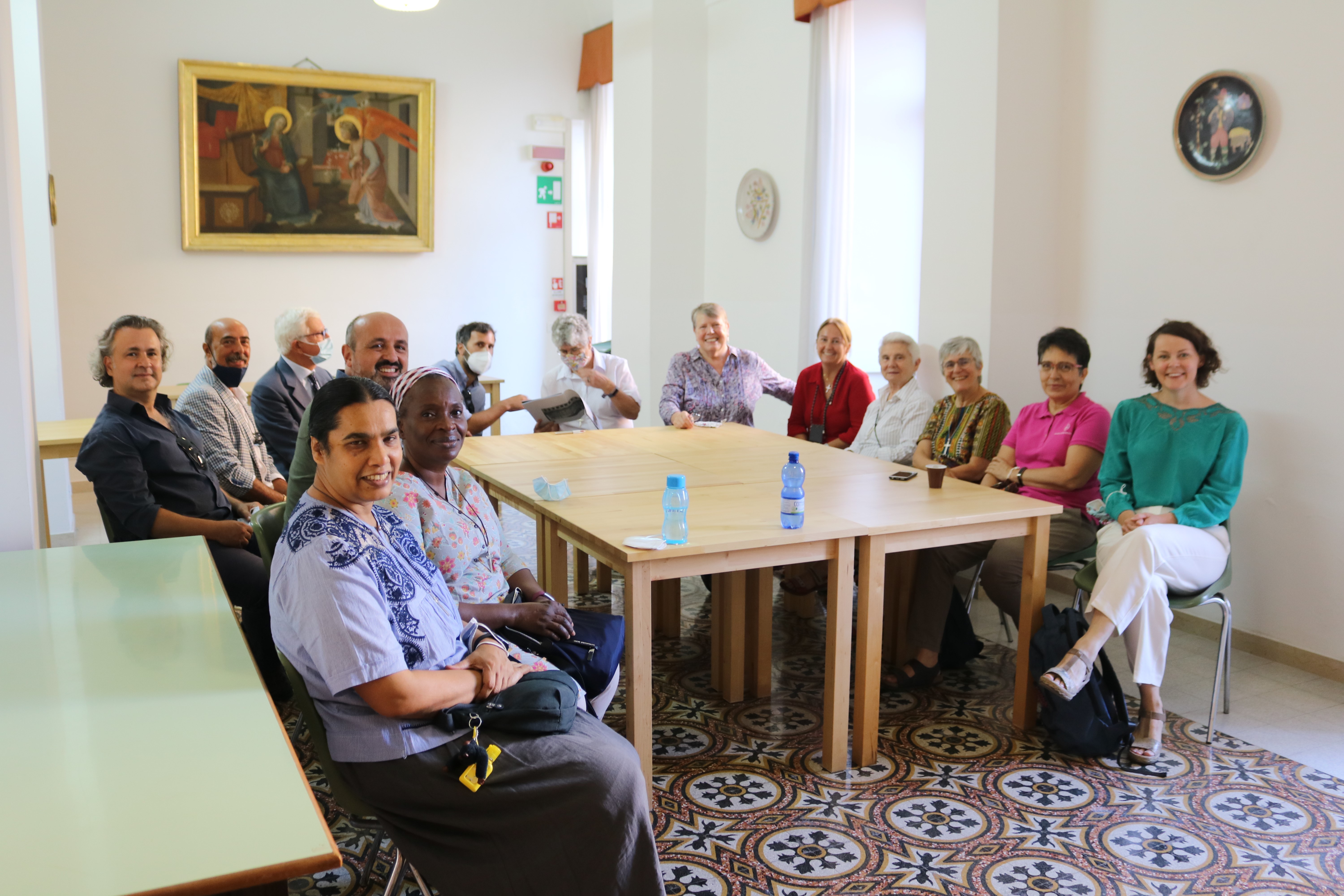The sixteenth-century Villa Lante in Trastevere is one of the Society’s most historically significant buildings. It has been part of the Society since 1837, when it became the Roman seat of the Society of the Sacred Heart. During this time, it has served the mission of the Society in many ways: as a community home for our sisters, providing various types of education programs including a school, a kindergarten, an orphanage, and as a centre for young people from the local area, Trastevere. It has also been a centre for our General Archives and of course the location for probations over the last forty years.
Originally, the Villa Lante was part of the suburban villa on the Gianicolo that the wealthy Tuscan Baldassarre Turini owned around the middle of the 16th century. At the time, it reached as far as Via della Lungara and included the “cottage of delights”, designed by Giulio Romano, an apprentice of Raffaello, between 1518 and 1539.
When Turini died in 1551, the entire property was sold by his heirs to the Lante family of Siena, who owned it until 1817. In that year a portion of the estate – the “cottage of delights” and a vineyard – was bought by the Borghese family, who in 1837 sold it to the French Barat family, hence becoming the Roman seat of the Society of the Sacred Heart, founded a few years earlier by St. Madeleine Sophie Barat. Initially, the novitiate for young girls of the Society was set up in the “cottage of delights”, but a few years after having purchased the former Lante della Rovere fund, the sisters decided to rent the cottage and move permanently to the lower part of the property in Via di San Francesco di Sales.
According to the 1907 Guide to Charities in Rome, in the early 20th century the Society of the Sacred Heart carried out various activities to help the needy and owned various properties for this purpose: schools in Trinità dei Monti that included a boarding school as well as a free girls’ school where catechism and sewing were taught; a conservatory, a novitiate and a workshop for young workers in Villa Lante; and a boarding school, a free primary school and a free nursery school at 92 Via della Lungaretta. Between 1911 and 1912, it was decided to expand the Monastery by building an oratory near the surrounding wall of the complex, along Via di San Francesco di Sales, a testament to the success of the Society’s activities.
More recently, as well as housing the Society’s General Archives, a part of the property is dedicated to providing housing to families whose children are receiving treatment for serious medical conditions and a space for several NGO’s who work for justice. It is now undergoing renovations so that it can be an added support for the mission of the Society internationally.
Read the full history of the Villa Lante, written by Simone Mazza and based on the “Relazione storico-critica” Roma, 17.6.2003 by the “Soprintendenza per i beni architettonici e del paesaggio” (a report that was prepared for the Italian Province as a preliminary study in light of possible renovation/restoration work on the Villa Lante).
Learn more about the renovation project
Section |History|International News
Province |Italy|Mother House
Tags |Villa Lante



